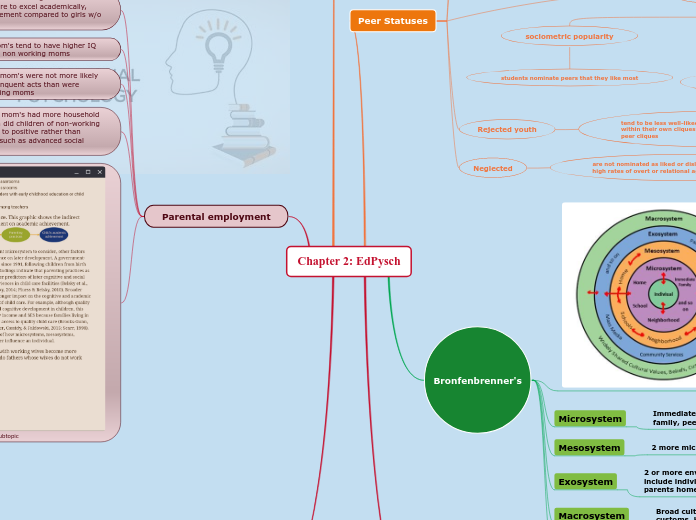przez Jessika Vroman 5 lat temu
386
EDPsych: Mod 2

przez Jessika Vroman 5 lat temu
386

Więcej takich
no rules & no emotional connection
less control no set rules w/ close emotional connection
high level of control w/ no emotional connections
limits & rules & enforce & high emotional connectedness
6. Loners
5. Druggies/parties/burnouts
4. Normal's (others)
3. Brains/nerds
2. Jocks
1. Populars/Preps(elites)
similar # of demographics
values
activies
ses
race
age
students nominate peers who are most popular or "cool" & those who are the least popular or "cool"
students nominate peers that they like most
cyberbullying
intentional acts of relational aggression using electronic forms such as texting and social media